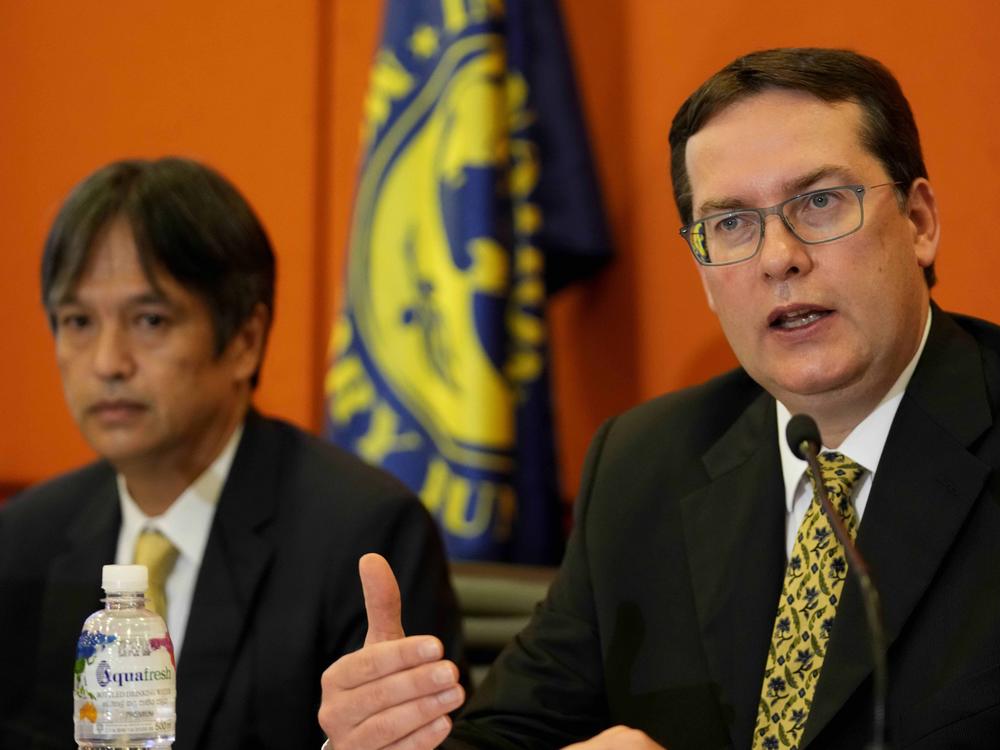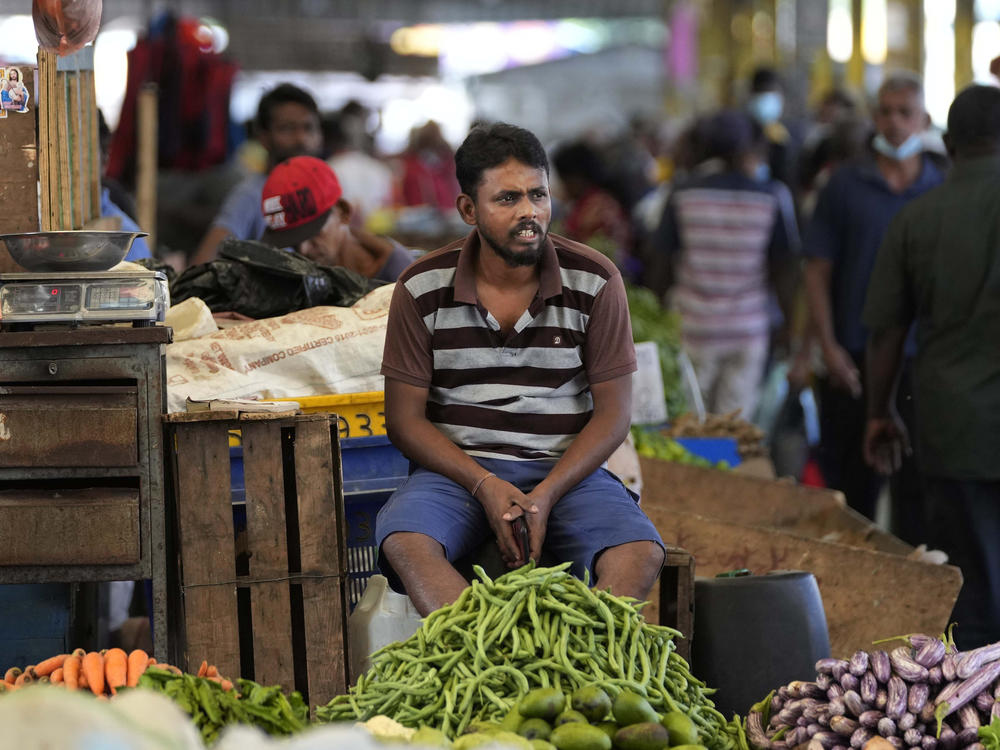Section Branding
Header Content
IMF set to provide $2.9 billion to help crisis-hit Sri Lanka
Primary Content
COLOMBO, Sri Lanka — The International Monetary Fund will provide Sri Lanka $2.9 billion over four years to help salvage the country from its worst economic crisis under a preliminary agreement the agency announced Thursday.
The arrangement will work to restore financial and macroeconomic stability and debt sustainability as well as unlock the country's growth potential, the IMF team visiting Sri Lanka said in a statement.
The package is contingent on approval from the IMF management and executive board, as well as on receiving assurances from Sri Lanka's creditors, which include countries like China, India and Japan, that debt sustainability will be restored.
"Debt relief from Sri Lanka's creditors and additional financing from multilateral partners will be required to help ensure debt sustainability and close financing gaps," the statement said.
Sri Lanka is in the midst of an unprecedented economic crisis with acute monthslong shortages of essentials like fuel, medicine, and cooking gas due to a severe foreign currency dearth. Though cooking gas supplies were restored through World Bank support, shortages of fuel, critical medicines and some food items continue.
The island nation has suspended repayment of nearly $7 billion in foreign debt due for this year. The country's total foreign debt amounts to more than $51 billion of which $28 billion has to be repaid by 2028.
Sri Lanka's economy is expected to shrink by 8.7% in 2022 with inflation rising above 60%, the IMF said, adding that the impact has hit the poor and vulnerable the hardest.
The lender said its package will focus on stabilizing the economy, protecting the livelihoods of citizens and help to spur growth. Key elements include major tax and energy pricing reforms, raising social spending, replenishing foreign exchange reserves, and introducing a stronger anti-corruption legal framework.
On Tuesday, Sri Lanka's president, Ranil Wickremesinghe, said talks with the IMF successfully reached final stages as he presented an interim budget aimed at obtaining a rescue package. Measures outlined covered raising some taxes, slashing capital expenditure, taming inflation and bolstering relief programs.
Wickremesinghe delivered his first budget proposal after he was elected by Parliament in July to fill the rest of the five-year term of ousted President Gotabaya Rajapaksa, who fled the country in July and resigned after protesters who blame him and his family for the crisis stormed his official residence.
Wickremesinghe said the United Nations and other international organizations have launched a program to ensure food security. Schools have reopened and universities have resumed classes after long closures, he said. However, long fuel lines have reappeared after a quota system seemed to have brought them under control over the past weeks.
In his budget speech, Wickremesinghe said his administration's fiscal program will strive to increase government revenue to around 15% of the GDP by 2025, cut down public sector debt, control inflation and increase value added tax to 15% from the current 12%.
The new budget came amid a relative calm following months of public protests that ousted the once-powerful Rajapaksa political dynasty. Sri Lanka's crisis was made worse by global factors like the pandemic and Russia's invasion of Ukraine, but many have accused the Rajapaksas of severe economic mismanagement and corruption that pushed the country into bankruptcy.
Rajapaksa is now in Thailand. Party leaders say he is expected to return from exile early in September and have asked Wickremesinghe to provide him with security and facilities to which a former president is legally entitled.
Since becoming president, Wickremesinghe has cracked down on protesters and dismantled their main camp outside the president's office. The use of a harsh anti-terror law to detain a protest leader has led to the United States and European Union raising human rights concerns.
Copyright 2022 NPR. To see more, visit https://www.npr.org.


